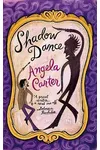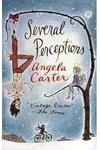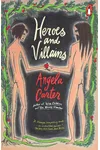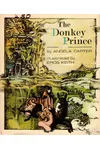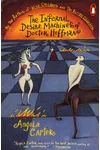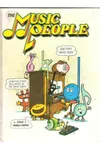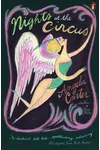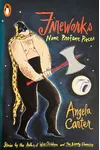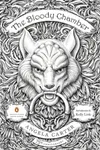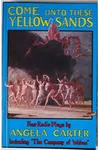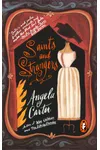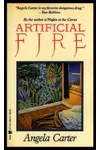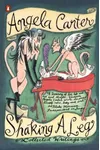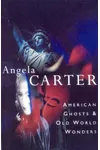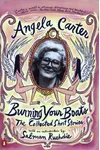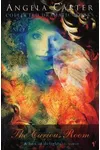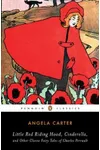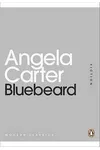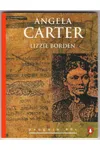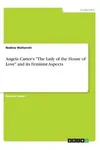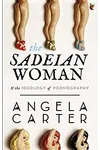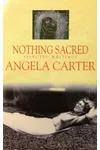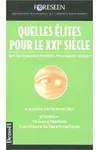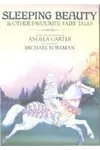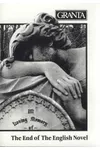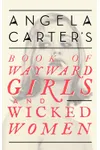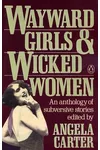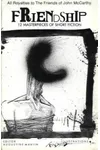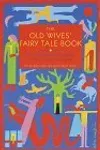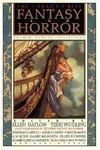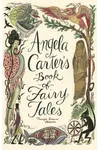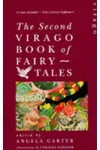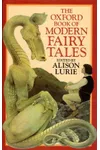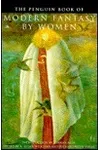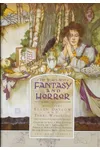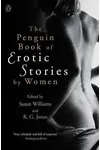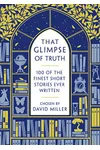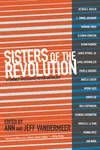Picture an English storyteller who wove fairy tales into feminist masterpieces—meet Angela Carter! Born in 1940, Carter’s magical realist novels and bold short stories shook up 20th-century literature with their daring exploration of gender, power, and taboo. From her transformative years in Japan to her iconic The Bloody Chamber, her work remains a vibrant call to question societal norms.
With a journalist’s eye and a poet’s heart, Carter crafted tales that blend gothic allure with sharp social commentary. Her playful yet provocative style invites readers into worlds where wolves are lovers and heroines rewrite their fates. Ready to dive into her enchanting legacy?
The Making of Angela Carter
Angela Carter was born on May 7, 1940, in Eastbourne, England, and grew up in London amid World War II’s chaos. Raised by a protective grandmother and a journalist father, she developed a love for storytelling early on. After studying English at the University of Bristol, Carter married young and began writing, publishing her first novel, Shadow Dance, in 1966. Her time in Japan from 1969 to 1972 was a turning point, exposing her to new cultural perspectives and sparking her radical feminist voice.
Japan’s blend of tradition and modernity inspired Carter to challenge Western gender norms in her work. She returned to England with a sharpened pen, ready to reimagine fairy tales and myths through a feminist lens. Her early journalism and translations also honed her ability to craft vivid, subversive narratives.
Angela Carter’s Unforgettable Stories
Carter’s bibliography is a treasure trove of inventive storytelling. Her most celebrated work, The Bloody Chamber (1979), reworks classic fairy tales like Bluebeard and Little Red Riding Hood into lush, feminist narratives that explore desire and agency. Each story pulses with gothic imagery and subversive wit, making it a cornerstone of magical realism.
Other standout works include Nights at the Circus (1984), a dazzling novel about a winged trapeze artist navigating love and identity, and The Sadeian Woman (1979), a provocative essay collection dissecting pornography and female liberation. Her earlier novel, The Magic Toyshop (1967), blends surrealism and coming-of-age themes, showcasing her knack for dark whimsy. Carter’s style—rich, lyrical, and unapologetically bold—challenged literary conventions and empowered readers to rethink traditional narratives.
Her adaptations, like the radio play The Company of Wolves, and her influence on film and theater, further amplified her reach. Carter’s work thrives on its ability to be both timeless and revolutionary, blending myth with sharp cultural critique.
Why Angela Carter Matters
Angela Carter’s impact on literature is profound. By reimagining fairy tales and myths, she gave voice to women’s desires and agency, paving the way for modern feminist writers. Her magical realism inspired authors like Salman Rushdie and Jeanette Winterson, while her fearless exploration of taboo topics expanded the boundaries of literary fiction. Carter’s work remains vital in discussions of gender, power, and storytelling.
Despite her death in 1992, Carter’s legacy endures through her vibrant narratives and the readers who discover her work. Her ability to blend beauty with critique makes her a literary icon whose stories still resonate in today’s world.
- Born: May 7, 1940, Eastbourne, England
- Key Works: The Bloody Chamber, Nights at the Circus, The Magic Toyshop
- Genres: Magical realism, feminist literature, gothic fiction
- Died: February 16, 1992
About Angela Carter
Snag The Bloody Chamber and dive into Angela Carter’s spellbinding world of magical realism and feminist fire!
